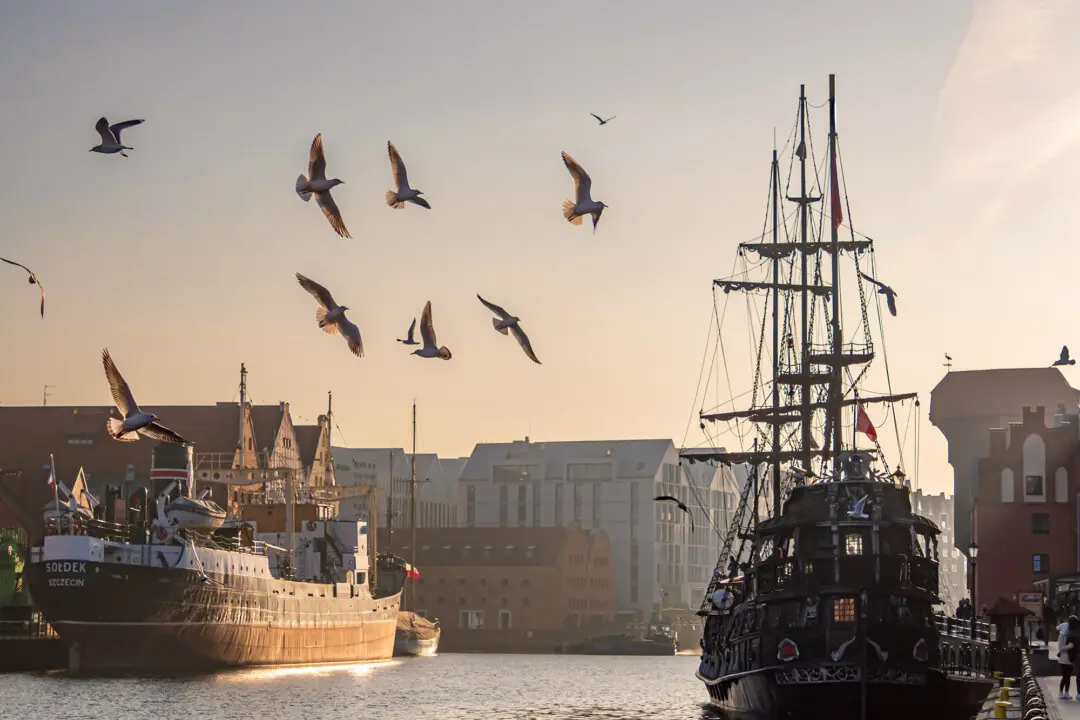The night has turned black, and the cascades are loud. The tumble, rumble, and crash drown out all the other nocturnal sounds of the usually lively African forest. Navigating down a winding path illuminated only by the flashlight in my hand, the cacophony intensifies as I approach the edge. Part of a small tour group, we’re all here to see the same phenomenon. Everyone speaks in hushed tones, voices low but rising with anticipation as we approach.
And then, it’s there. The forest falls away at our backs and the land opens up to a great chasm, somehow even more dramatic in the inky dark. My imagination fills in the picture when it comes to the unseen—the bottom feels infinitely below. Above, the main attraction: a lunar rainbow, often called a “moonbow.”





